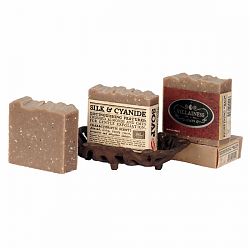The package says “organic,” but how do you know for sure?
In the world of beauty schools, beauty products and beyond, “organic” has become one of today’s hottest buzz words. As more and more consumers learn about the importance of Earth-friendliness, an “organic” label can make or break many people’s purchasing decisions.
But who decides what exactly makes a product “organic?” In Europe and the United States, consumers are still trying to decode the organic certifications they find on the labels of their favorite brands.
Amarjit Sahota, the managing director of Organic Monitor, explains that the one word that defines the organic certification process in Europe and the United States is “confusion.”
Companies and manufacturers that produce organic beauty products want their customers to feel confident in the product’s organic certification. But with three different organic certifications in the United States and two different certifications in Europe, many companies don’t know which standard to choose.
Unfortunately for consumers, beauty schools and salons, this means confusion for them as well. Each beauty product on the shelf may carry a different certification logo, and many consumers are torn between trusting that logo, or trusting a brand name.
Like many professionals in the organic product industries and the beauty industry, Sahota would like to see one global organic standard. He believes that uniformity and cohesion within the industry will benefit everyone involved – not to mention, planet Earth!
What are your thoughts on the organic issue? Do you work at a salon or beauty school going green? How do you choose your organic beauty products when you’re standing in front of that shelf in the beauty aisle?
 Not much about soap is exciting. Some are interesting, but you can’t really say it’s provocative. Unless you’re talking about the naughty & nice collections from Villainess Soaps.
Not much about soap is exciting. Some are interesting, but you can’t really say it’s provocative. Unless you’re talking about the naughty & nice collections from Villainess Soaps.